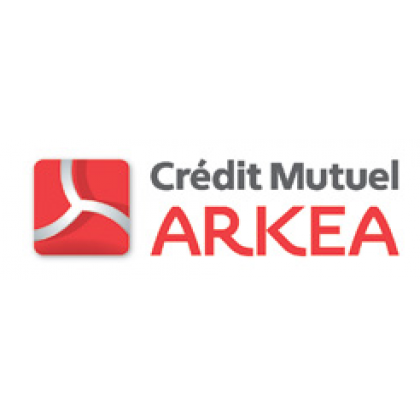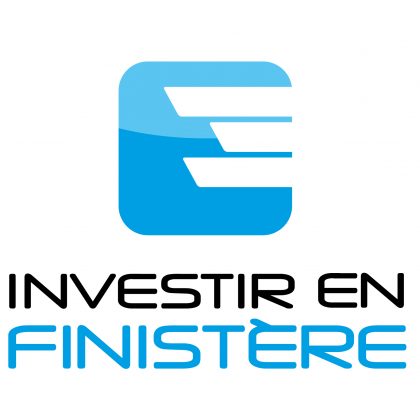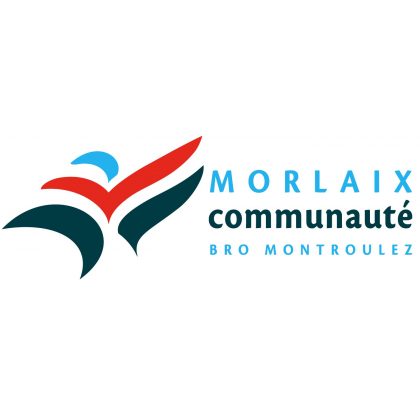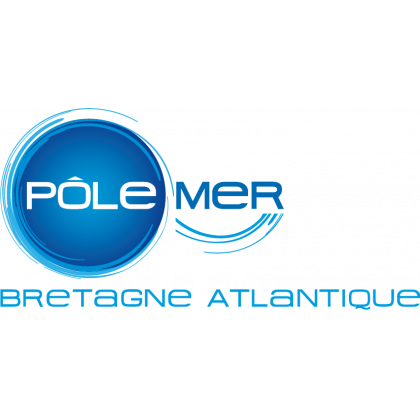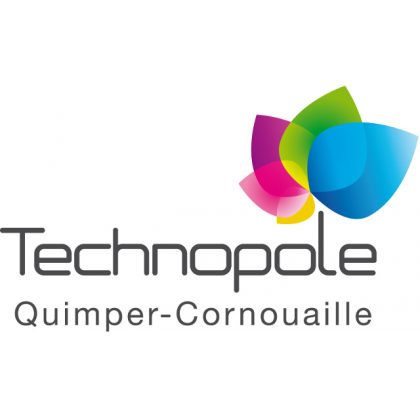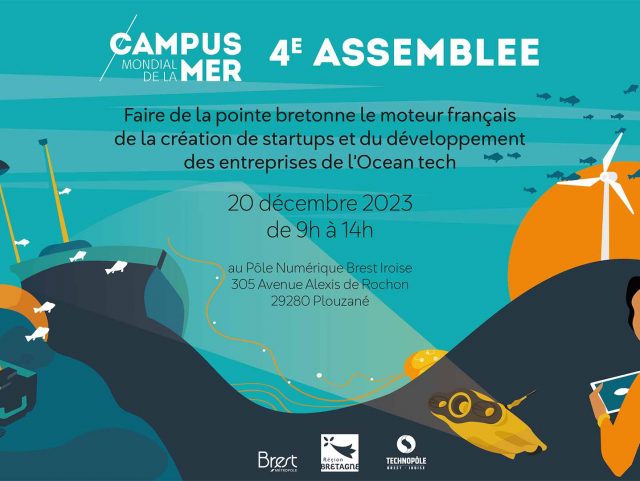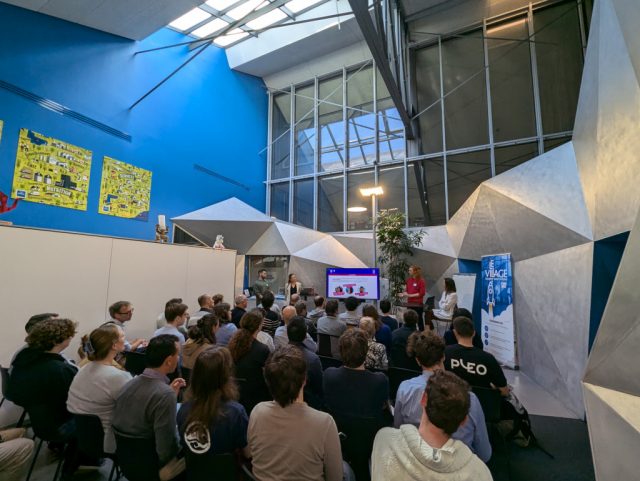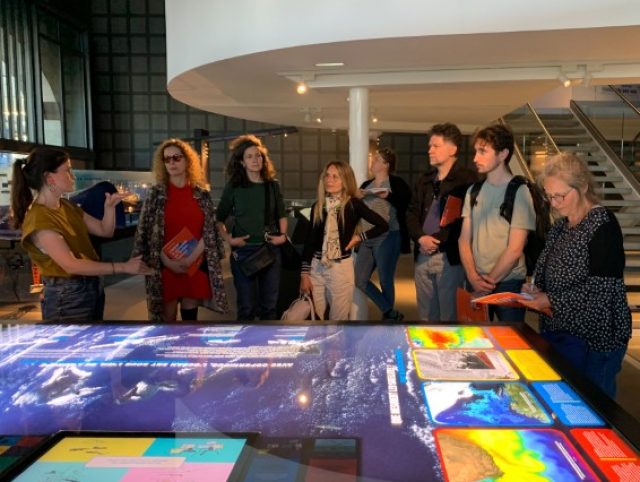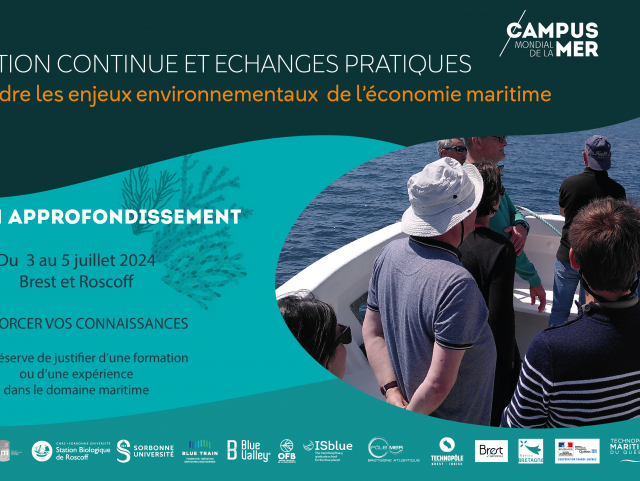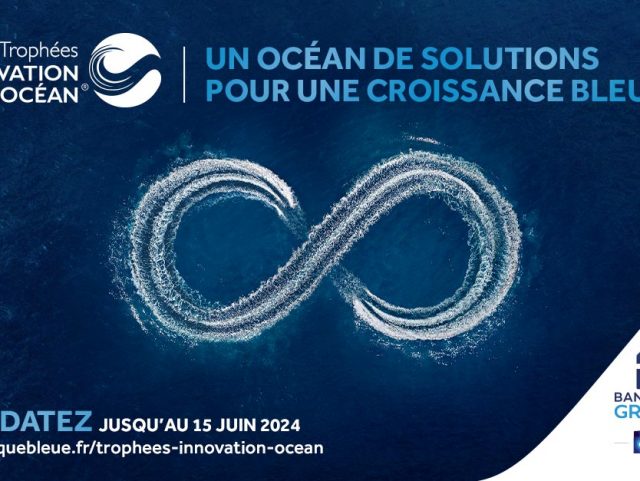Underwater drones and robots
From the advent of mine warfare in the 1970s right up to the latest devices controlled acoustically or by AI, a number of local actors have specialised in underwater drones and robots. They seek to meet the requirements of the French Navy and the government’s procurement and technology agency (DGA), as well as national research bodies such as the Institute for Ocean Science (Ifremer) or the Naval Hydrographic and Oceanographic Service (Shom) and industrial clients, especially in the oil and gas sector.
Alongside heavyweights in the field like Thales or Exail, which develops underwater positioning and navigation solutions and exports them globally, local companies are also developing cutting-edge solutions and exporting them all over the world. One example is Hytech Imaging, which specialises in hyperspectral data collection for assessing the seabed from the air or from space.
The involvement of the University of Brest and prestigious higher education institutions, such as Brest National School of Engineering (ENIB), IMT Atlantique technological university and ENSTA Bretagne engineering school, is bringing an added dynamism to the sector by offering a specialism in autonomous mobile robotics, dubbed Sperob. Every year around 40 engineers are trained with a focus on underwater robotics, hydrography and oceanography.
In addition, infrastructure services such as Celadon’s Sea Test Base provide facilities for testing the latest innovations in the fields of instrumentation, robotics and naval systems in real conditions. There are plenty of opportunities to advance research and exploration of the seabed and to conquer new markets in France and abroad.
Photo: Olivier Dugornay









